I'm with @jms on this. You should be able to simulate the Omron test using a bench power supply. Set the \$V_{MAX}\$ to 1 V and \$I_{MAX}\$ to 10 mA and try testing some switches or relays that haven't been switched for a while and see what voltage drop you get across the contacts. Repeat the test with \$V_{MAX}\$ = 24 V and see if it changes. I would expect to see a lower resistance when the oxide / grime layer is hit with 24 V. Edit: See Spehro's caution below and his answer to prevent high current from any PSU output capacitors.

Figure 1. Allen-Bradley pentafurcated contact.
I know that for industrial control station modular push-buttons there are often special low-voltage contacts available. For example explanation see the Allen-Bradley - Bulletin 800E Two-Across PenTUFF™ Contact Blocks. This type of contact is designed to give reliable switching on low-voltage, low-current devices such as PLC / micro inputs.
Word of the day
bifurcate
verb, past tense: bifurcated; past participle: bifurcated
ˈbʌɪfəkeɪt/
divide into two branches or forks.
"just below Cairo the river bifurcates"
I think Allen-Bradley's "pentafurcation" is a trademark.
